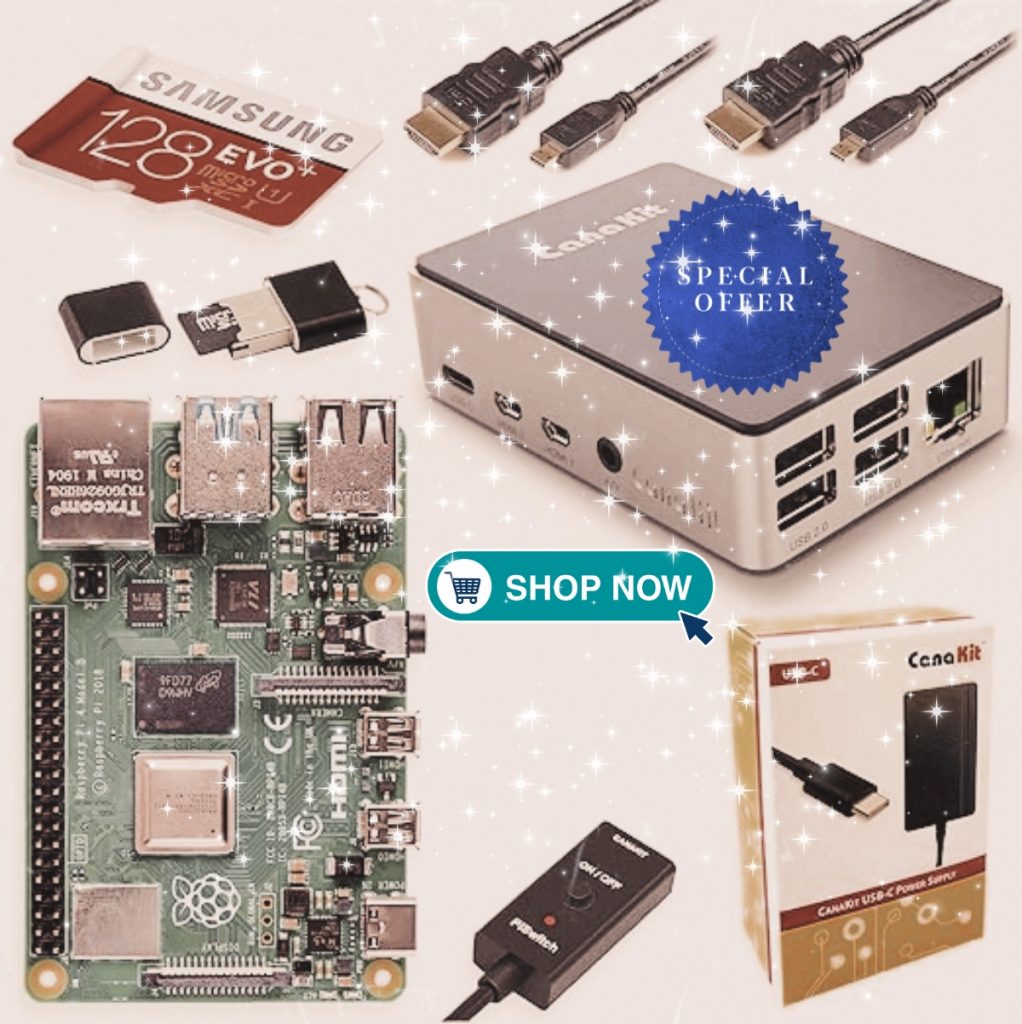The Raspberry Pi, is a credit-card-sized single-board computer, and has emerged as a powerful tool in the world of computing, making technology accessible to people of all ages and backgrounds. This article explores the history of the Raspberry Pi, its diverse uses, and why it might be a compelling alternative to traditional desktop computers.
History of the Raspberry Pi:
The journey of the Pi began in 2006 when a group of engineers at the University of Cambridge’s Computer Laboratory, led by Eben Upton, noticed a decline in computer science applications. They set out to create an affordable and accessible device that would rekindle interest in programming and computer science.
After years of development, the first Raspberry Pi model, the Pi 1 Model B, was released in February 2012. Priced at just $35, it offered impressive computing power, making it an ideal solution for educational institutions and hobbyists. Since then, the Raspberry Pi Foundation has released several iterations, each more powerful and versatile than the last. However since the Covid-19 breakout, prices and supply issues. Have been a hot topic n the PI community.
Features and Specifications:

Pi boards are known for their compact size, low cost, and impressive capabilities. The latest models, such as the Pi 4, boast quad-core processors, multiple USB ports, HDMI outputs, and support for high-definition video playback. These features make the Raspberry Pi suitable for a wide range of applications beyond simple programming exercises.
Uses of the Raspberry Pi:
- Education: The Raspberry Pi has become a staple in classrooms worldwide, introducing students to programming, electronics, and computer science. Its affordability allows schools to build computer labs without breaking the bank.
- Home Automation: Enthusiasts and DIYers have embraced the Raspberry Pi for home automation projects. From controlling smart devices to building custom solutions for security systems, the Pi’s versatility shines in the realm of home automation.
- Media Center: The Raspberry Pi can transform into a powerful media center using applications like Kodi or Plex. Users can stream music, movies, and TV shows, turning the device into an entertainment hub.
- Web Server: Raspberry Pi can be configured as a lightweight web server, making it an excellent choice for hosting personal websites, blogs, or small-scale projects.
- Desktop Replacement: With its improved performance and connectivity options, the Pi can serve as a viable alternative to traditional desktop computers for certain tasks.
A Desktop Replacement:
While the Raspberry Pi may not fully replace high-end desktop computers for resource-intensive tasks, it excels in various scenarios. Here are some reasons why it might be a better choice for specific use cases:
- Energy Efficiency: Pi consumes significantly less power than traditional desktop computers. This makes it an eco-friendly option for users conscious of their energy consumption.
- Affordability: The Pi’s low cost makes it an attractive option for users on a budget. Its affordability allows individuals and organizations to deploy multiple units for various purposes without a substantial financial investment.
- Silent Operation: With no moving parts like fans or hard drives, the Pi operates silently. This feature makes it suitable for environments where noise is a concern, such as home offices or classrooms.
- Compact Form Factor: The small size of the Pi makes it ideal for users with limited space. It can easily fit into tight corners or be mounted behind a monitor, reducing clutter on desks.
- Customization and Flexibility: Pi users benefit from a vast community and an extensive range of accessories and software. This flexibility allows users to tailor their computing experience to meet specific needs.
Conclusion:
The Raspberry Pi has undoubtedly left a lasting impact on the world of computing. From its humble beginnings as an educational tool, it has evolved into a versatile device with applications across various domains. While it may not entirely replace desktop computers for every user, its affordability, energy efficiency, and adaptability make it an attractive option for those seeking a compact and cost-effective computing solution. As technology continues to advance, the Pi’s role in shaping the future of accessible and affordable computing is likely to persist and expand.